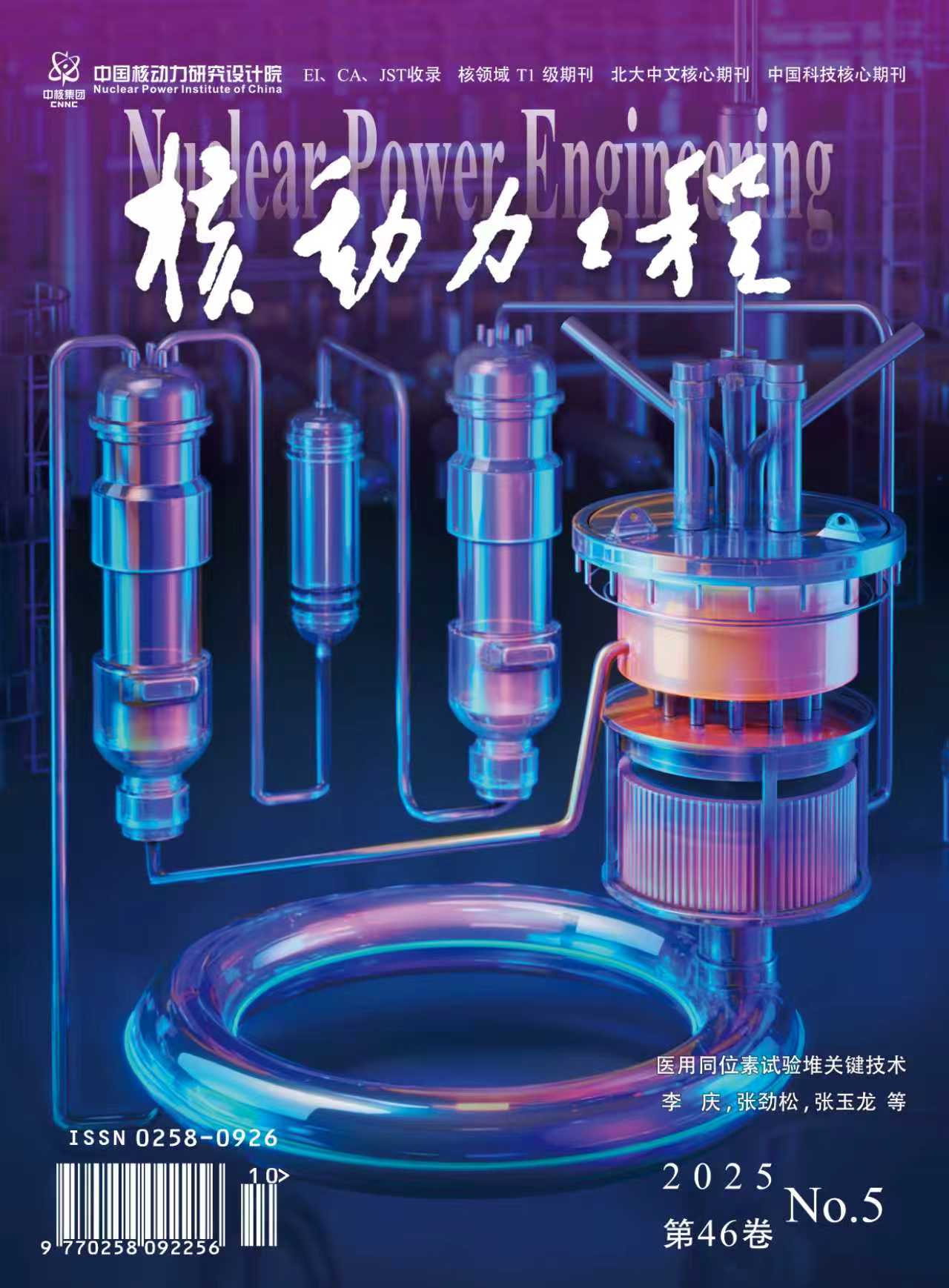Abstract:
The long-term irregular vibration of small branches in the complex pipelines of nuclear power units can lead to fatigue fracture and damage, causing leaks and even nuclear safety accidents. Currently, reinforcement or vibration reduction methods are commonly used, but the effectiveness is limited, and reducing the vibration peak at certain frequencies is challenging. To address these issues, this paper proposes the design of a structurally simple, easy-to-install, and adjustable-quality dynamic absorber. By simulating actual vibration conditions, the dynamic modeling and analysis of small branches with and without dynamic absorbers are conducted. Using the acceleration transfer rate as a reference, the relevant parameters of the dynamic absorber are designed to obtain the optimal mass, stiffness, and damping of the dynamic absorber. Finally, the physical prototype is produced and experimentally verified. The results show that the designed dynamic absorber in this paper reduces the three-axis vibration of small branches at resonance frequencies by more than 60% (exceeding the engineering requirement of 5 dB). Fine-tuning the number of mass blocks expands the adjustable range of the absorption frequency band, meeting the requirements of different operating conditions. Adding metal rubber material further enhances the absorption effect of the dynamic absorber, improving the damping performance by more than 10% compared to the structure without damping. This research provides an effective method for vibration reduction in the small branches of complex pipelines in nuclear power units.



